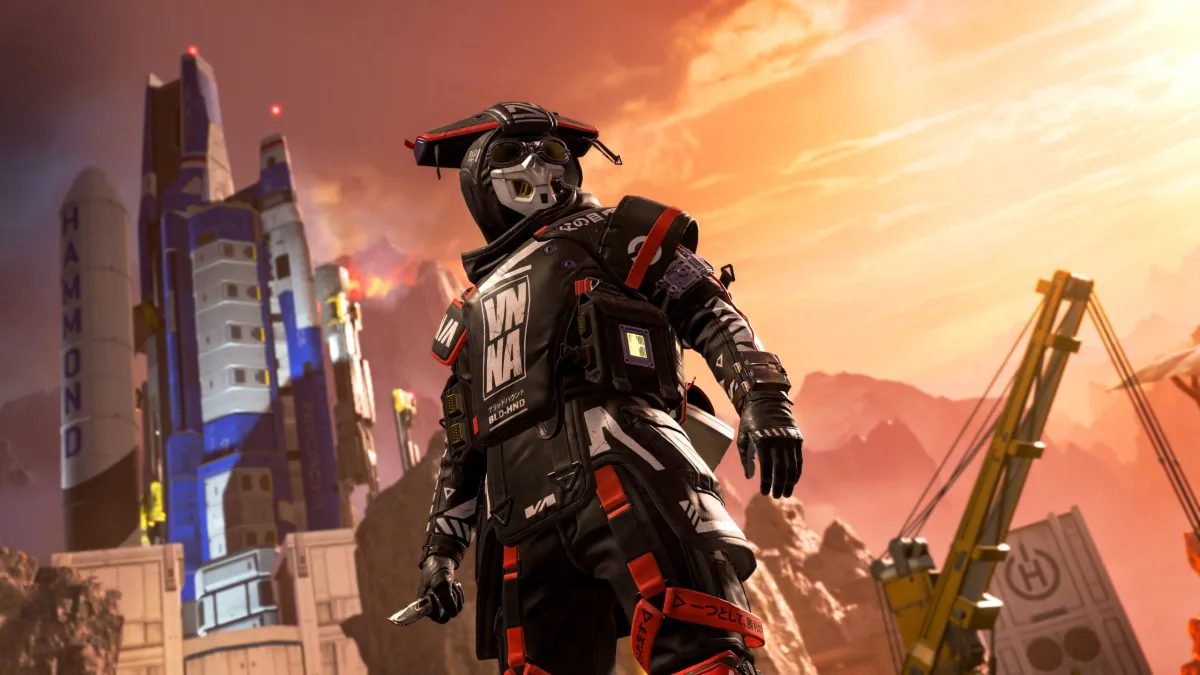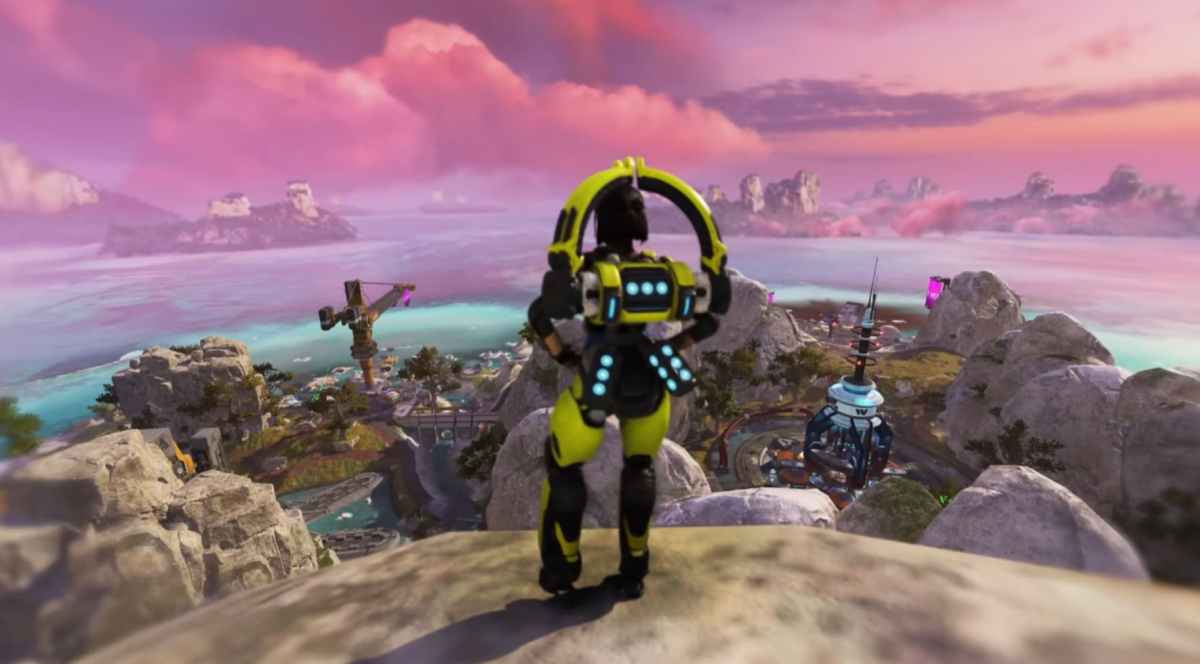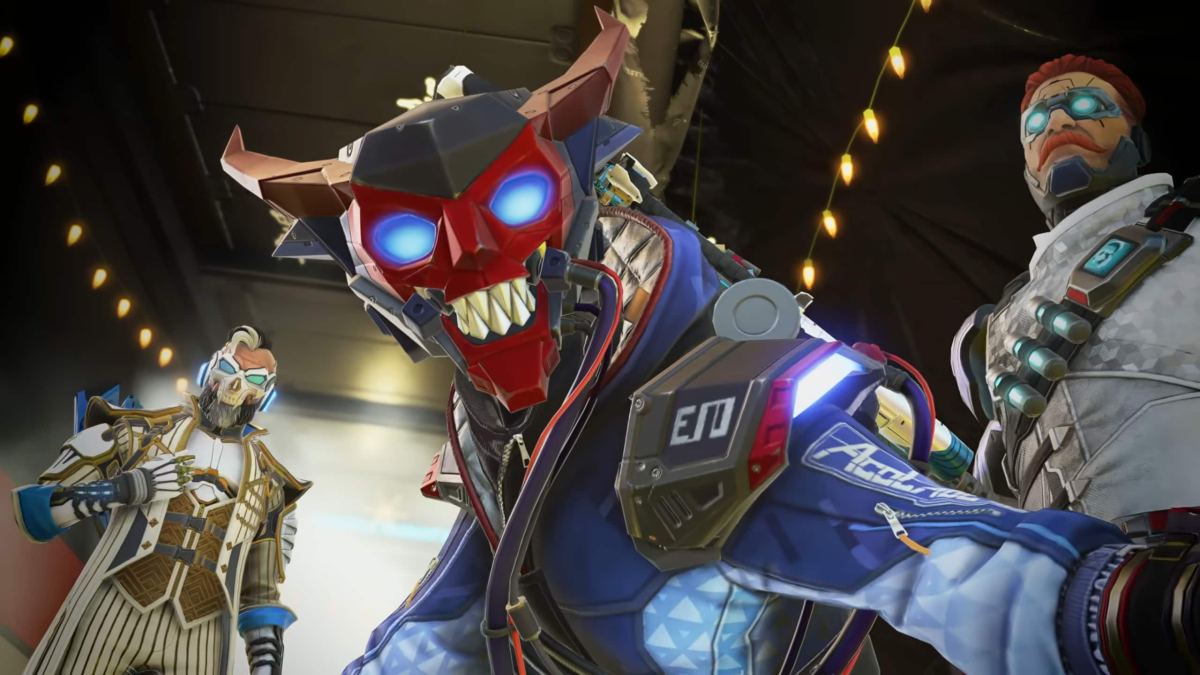Finding a new way to tell a story doesn’t make it a good way to tell a story. At the same time, that doesn’t mean there isn’t anything good to take away from the exercise.
The story of Apex Legends is much like the game itself: twisting and turning, never wanting to be pinned down, and evolving into something similar, but at the same time new. Just as new legends, guns, maps, and game modes fundamentally change the way people play the game every season, Respawn continually switches up the way it reveals more and more of the Apex lore to its players. Its animations and Stories from the Outlands videos gave way to Quests, mini-PvE objectives, comics, and most recently Apex Chronicles with the newly completed “Old Ways, New Dawn” storyline.
Apex Chronicles seeks to deliver “bite-sized” story objectives directly to the player through actual gameplay, which sounds like a great idea. In actual practice, however, much of the Bloodhound-centric chronicle felt underwhelming.
Set up at the beginning of the season by introducing Bloodhound’s feelings of anger and guilt over what has become of their home planet, how Hammond continues to destroy it, and their role in all of this, the in-game portions of the Chronicle consist entirely of following around special tracking pings left behind by an injured prowler, an occasional disembodied voice, and Bloodhound mumbling lines to themselves about the quest at hand. It enters into a rarefied air of fetch quests: objectives that actually eliminate most of the fetch part altogether. There is nothing to do and nothing to bring back. You just follow the dots on the screen until they end.
The finale of the chronicle delivers much more than the prologue or its three chapters in-game do, and it ends the bite-sized story event with an interesting payoff. But the story reveals incredibly little compared to previous quests and Stories from the Outlands, preferring to delve into emotions and Bloodhound’s inner turmoil over their participation in the Apex Games while Talos crumbles, rather than advancing a plot line very far. Add this to the lack of clarity of how to actually start completing the objectives when the prologue first appeared, as well as the fact that the map rotation in the non-ranked playlist left players waiting for hours (or days) to complete the World’s Edge-exclusive chronicle, and you can see why the chronicle feels just a little disappointing. The in-game concept also opened players to enemy squads blatantly griefing their attempts to complete the objectives, although some players found kindred spirits instead.
I, unfortunately, did not make friends.
I expected an interesting new way to delve into one of Apex’s most interesting characters. Instead, it frequently felt like I was simply disrupting my and other players’ gameplay in exchange for a couple voice lines. And that’s about the attitude I maintained on the exercise until I got about halfway through the story.
I dropped into World’s Edge as Bloodhound by myself, choosing the “no fill” option so I didn’t grief other player’s matches and saddle a team with someone who had no intention of actually playing the Apex Games as they were originally intended. Not bothering to pick up any weapons or other loot to speak of, I landed on a white raven and began the familiar pattern of following the pings from the wounded prowler. It quickly became apparent that this trail would take me through Fragment West, and nearby gunshots confirmed what I already suspected. Half the lobby dropped there, and I was going to either figure out my way around them, or swiftly die with just a white shield to my name, delivering up two shield cells and two syringes to some Octane player with 5,000 kills and a Diamond ranked badge on their banner.
“Great,” I mumbled to myself, looking around from under a bridge to check to see if the coast was relatively clear, while trying to plan my next move so as to attract as little attention to myself as possible. And that’s when it struck me: this is a story about shame, and I was playing through it as such. I was disrupting the game as I knew it. I wasn’t gathering loot, and I wasn’t seeking out fights or figuring out the best way to get into the circle. Instead, the Chronicle was forcing me to play out a story about Bloodhound’s guilt and shame by sneaking around, running away, and not attempting to “win” the game at all. In a way, it almost felt like I was joining Bloodhound in some strange solidarity against the Apex Games and what they stand for.
Was this intentional on the part of the storytellers, writers, and engineers that chose to tell this story in this fashion? Maybe, maybe not. There’s no “correct” way to complete the chronicle. I imagine many players dropped in with their friends, either fighting their way through the objectives, or not making any attempt to sneak around other players, choosing to simply die and drop into the next game to finish the respective chapters. I did feel like I began engaging with the story in an entirely new way, however, when I stopped sprinting from one ping to the next and going again when I was inevitably eliminated by some team actually trying to win, and started finding ways to hide away from those enemies. I prioritized safe rotations from one point to the next, and when the need arose, chose quiet and slow movement in a game that emphasizes all the ways you can go faster and faster. Bloodhound speaks of Talos not being able to suffer more “dishonor,” but I was completing the quest in as dishonorable a way I can imagine: as a rat. Never engaging—always running and hiding. I was carrying out Bloodhound’s fears of what they had become.
Bloodhound’s chronicle ends by finding the injured prowler and confronting the disembodied voices that emanate from the white raven. The slow change of those voices from their uncle Artur’s growl to Bloodhound’s own voice makes it clear the battle was within them all along. Really, this result only served to reinforce what I discovered through playing. It might not have advanced any sort of plot point or storyline among the various characters in the way previous quests did, but it did feel immersive in a way I don’t think I’ve encountered thus far while playing Apex Legends.
All in all, there are many things the chronicles can improve upon. The end of each chapter should reward the player with a little more than a voiceline and some stars for their battle pass, and each chapter should involve something slightly more challenging and interesting than following a path. Above all, I don’t think pursuing story objectives should punish or disrupt players in-game, and “Old Ways, New Dawn” frequently does, as my various loot crates around Lava Siphon littered there while searching for the first white raven can attest to. Players that don’t have hours to sink into the game every day shouldn’t feel like they must choose between completing a story objective and playing the parts of the game that they actually enjoy. Again, even the elements of the chronicle I found interesting only occurred to me after a little digging and some introspective gameplay. I will never fault players who simply want to drop into the game and shoot things rather than go soul-searching through World’s Edge. It’s a pew-pew game. People want to pew-pew.
What Bloodhound’s chronicle does get right, however, is finding new ways to make players feel like they are a part of the story of Apex. And with some changes, Apex Chronicles has the potential to be the best way to discover and experience the game’s lore yet.







Published: Oct 6, 2021 05:28 pm